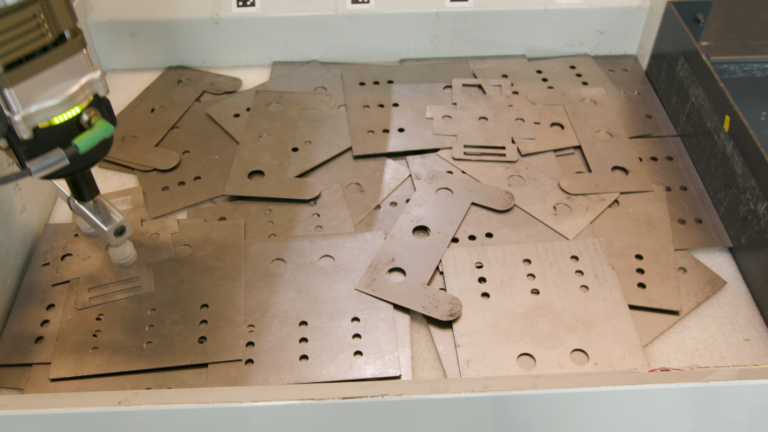
We are announcing our collaboration with Intrinsic.ai on learning foundation skill models for industrial robotics tasks. Many pick-and-place problems in industrial manufacturing are still completed by human operators as it is still challenging to program robots for these tasks. For instance, in a machine-tending setting, a collaborative robot could be used to pick raw material parts from a��
]]>NVIDIA Metropolis Microservices for Jetson has been renamed to Jetson Platform Services, and is now part of NVIDIA JetPack SDK 6.0. NVIDIA Metropolis microservices provide powerful, customizable, cloud-native APIs and microservices to develop vision AI applications and solutions. The framework now includes NVIDIA Jetson, enabling developers to quickly build and productize performant and��
]]>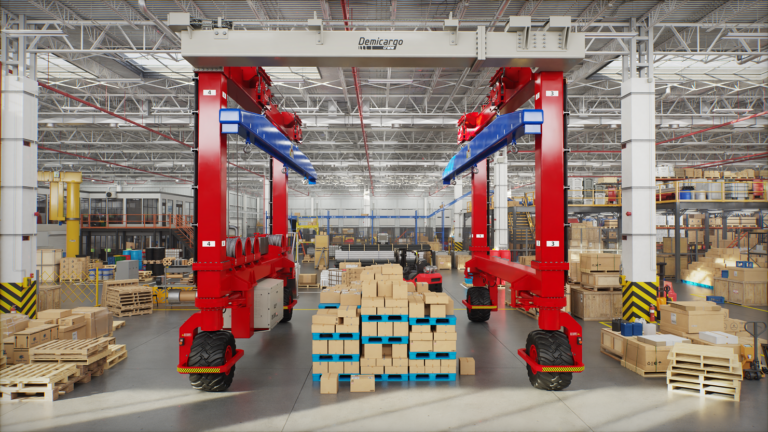
For robotic agents to interact with objects in their environment, they must know the position and orientation of objects around them. This information describes the six degrees of freedom (DOF) pose of a rigid body in 3D space, detailing the translational and rotational state. Accurate pose estimation is necessary to determine how to orient a robotic arm to grasp or place objects in a��
]]>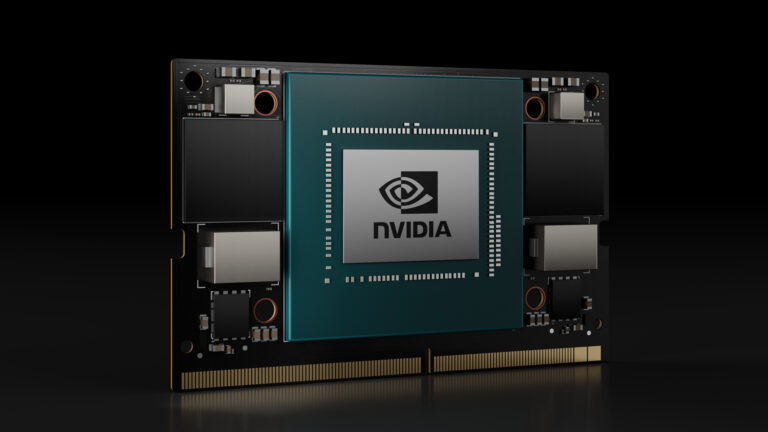
Building on the momentum from last year��s expansion of NVIDIA Jetson edge AI devices, the NVIDIA Jetson Orin NX 16 GB module is now available for purchase worldwide. The Jetson Orin NX 16 GB module is unmatched in performance and efficiency for small form factor, low-power robots, and autonomous machines. This makes it ideal for use in products like drones and handheld devices.
]]>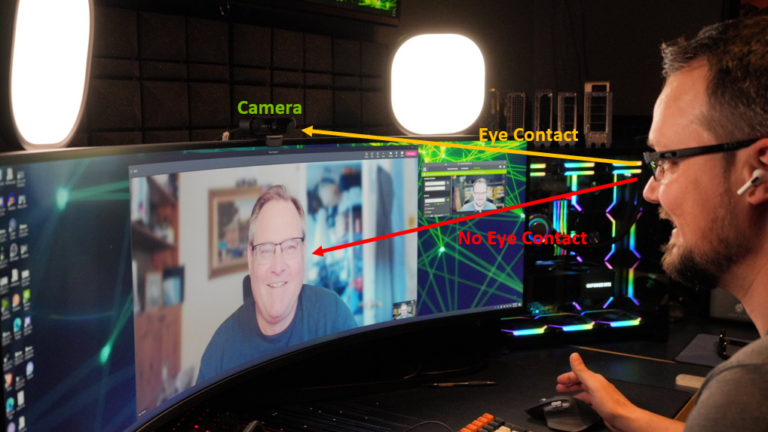
Video conferencing is at the heart of several streaming use cases, such as vlogging, vtubing, webcasting, and even video streaming for remote work. To create an increased sense of presence and pick up on both verbal and non-verbal cues, video conferencing technology must enable users to see and hear clearly. Eye contact plays a key role in establishing social connections and in face-to-face��
]]>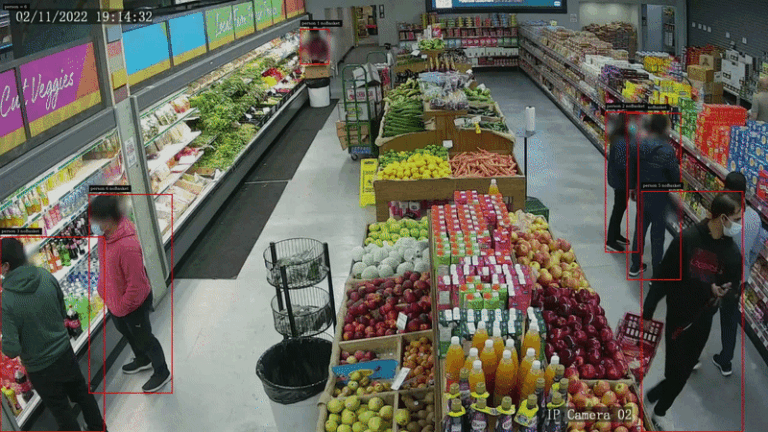
Retailers today have access to an abundance of video data provided by cameras and sensors installed in stores. Leveraging computer vision AI applications, retailers and software partners can develop AI applications faster while also delivering greater accuracy. These applications can help retailers: Building and deploying such highly efficient computer vision AI applications at scale��
]]>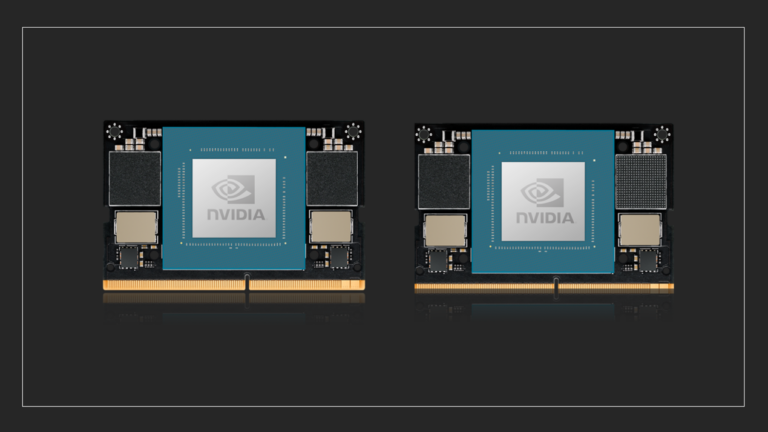
At GTC 2022, NVIDIA announced the Jetson Orin Nano series of system-on-modules (SOMs). They deliver up to 80X the AI performance of NVIDIA Jetson Nano and set the new standard for entry-level edge AI and robotics applications. For the first time, the Jetson family now includes NVIDIA Orin-based modules that span from the entry-level Jetson Orin Nano to the highest-performance Jetson AGX Orin.
]]>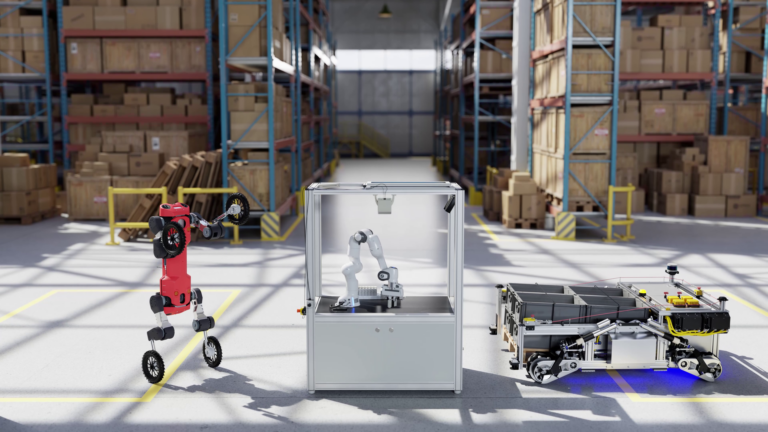
Today, NVIDIA announced the availability of the 2022.1 release of NVIDIA Isaac Sim. As a robotics simulation and synthetic data generation (SDG) tool, this NVIDIA Omniverse application accelerates the development, testing, and training of AI in robotics. With Isaac Sim, developers can generate production quality datasets to train AI-perception models. Developers will also be able to simulate��
]]>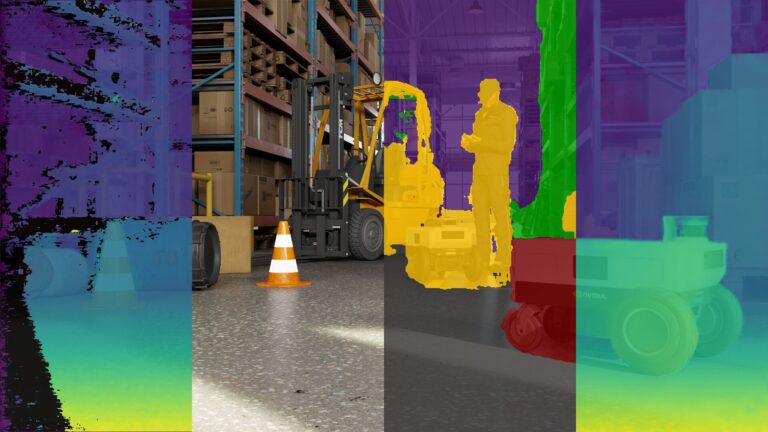
Working in collaboration since October 2021, NVIDIA and Open Robotics are introducing two important changes, now available in the Humble ROS 2 release for improved performance on compute platforms that offer hardware accelerators. The new ROS 2 Humble hardware-acceleration features are called type adaptation and type negotiation. NVIDIA will release a software package-implementing type��
]]>
Computer vision is a rapidly growing field in research and applications. Advances in computer vision research are now more directly and immediately applicable to the commercial world. AI developers are implementing computer vision solutions that identify and classify objects and even react to them in real time. Image classification, face detection, pose estimation, and optical flow are some��
]]>The first post in this series covered how to train a 2D pose estimation model using an open-source COCO dataset with the BodyPoseNet app in NVIDIA TAO Toolkit. In this post, you learn how to optimize the pose estimation model in TAO Toolkit. It walks you through the steps of model pruning and INT8 quantization to optimize the model for inference. This section covers few topics of��
]]>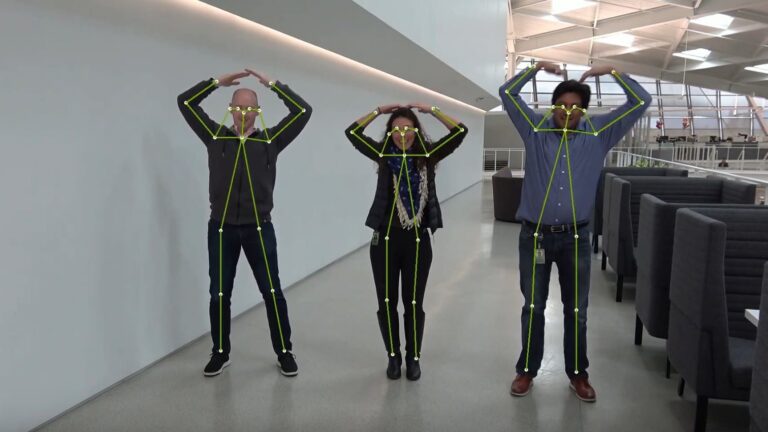
Human pose estimation is a popular computer vision task of estimating key points on a person��s body such as eyes, arms, and legs. This can help classify a person��s actions, such as standing, sitting, walking, lying down, jumping, and so on. Understanding the context of what a person might be doing in a scene has broad application across a wide range of industries. In a retail setting��
]]>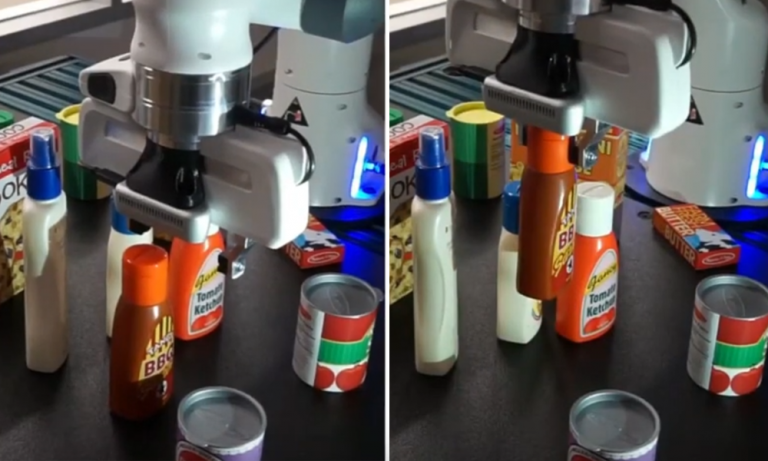
Researchers from NVIDIA, University of Texas at Austin and Caltech developed a simple, efficient, and plug-and-play uncertainty quantification method for the 6-DoF (degrees of freedom) object pose estimation task, using an ensemble of K pre-trained estimators with different architectures and/or training data sources. The researchers presented their paper ��Fast Uncertainty Quantification��
]]>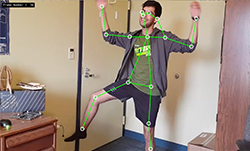 ]]>
]]>
In robotics applications, 3D object poses provide crucial information to downstream algorithms such as navigation, motion planning, and manipulation. This helps robots make intelligent decisions based on surroundings. The pose of objects can be used by a robot to avoid obstacles and guide safe robotic motion or to interact with objects in the robot��s surroundings. Today, 3D pose estimation is used��
]]>
As many would probably agree, the development of a winning deep learning model is an iterative process of fine-tuning both the model architecture and hyperparameters. The tuning is often based on insights about the network behavior gained by examining various data obtained in training. One such data is the output from each layer of a deep learning model��s computation graph, also known as the layer����
]]>